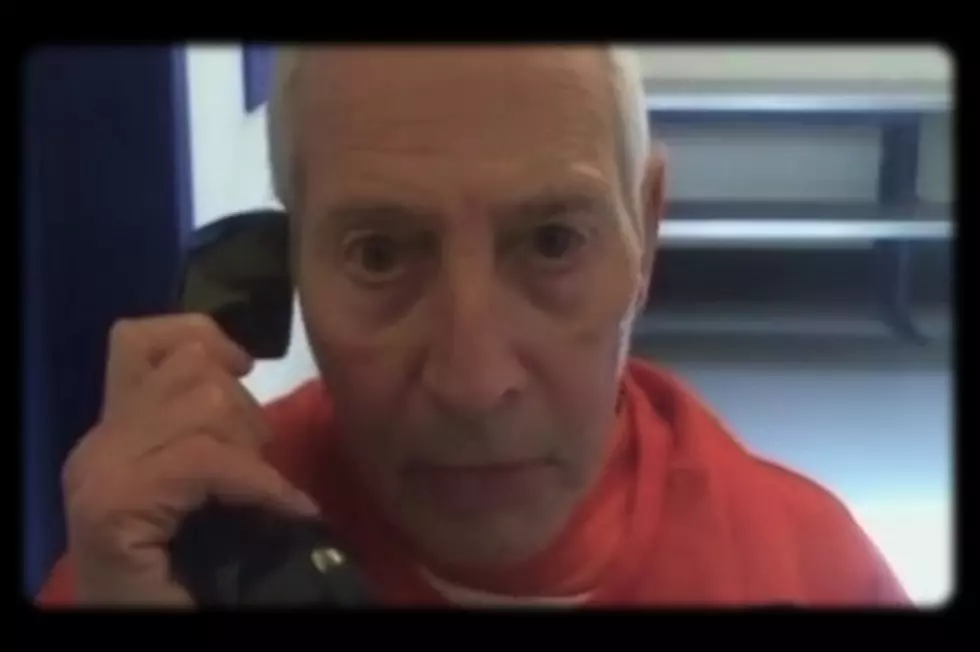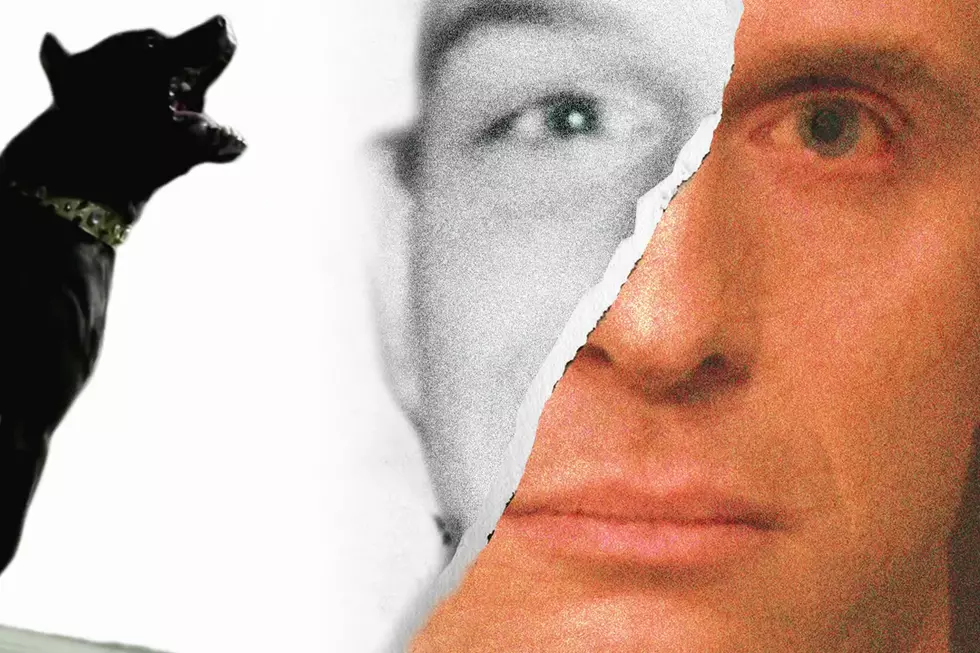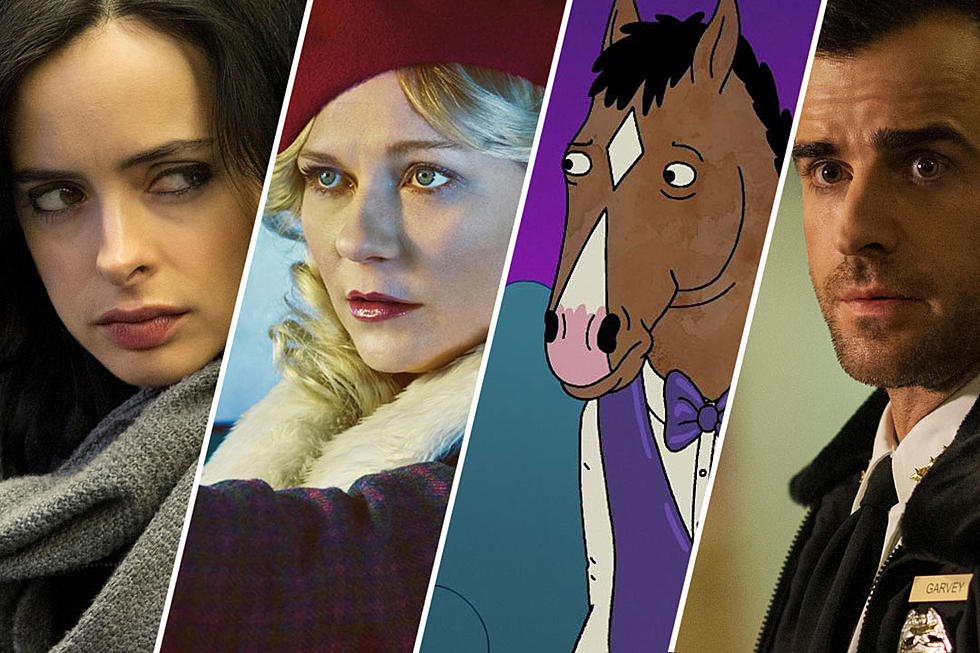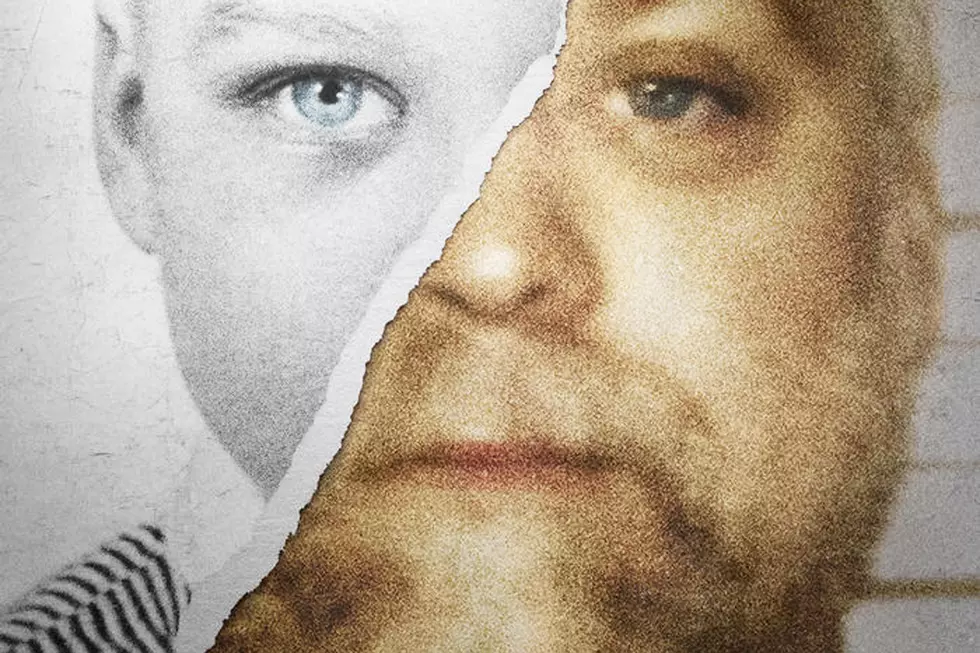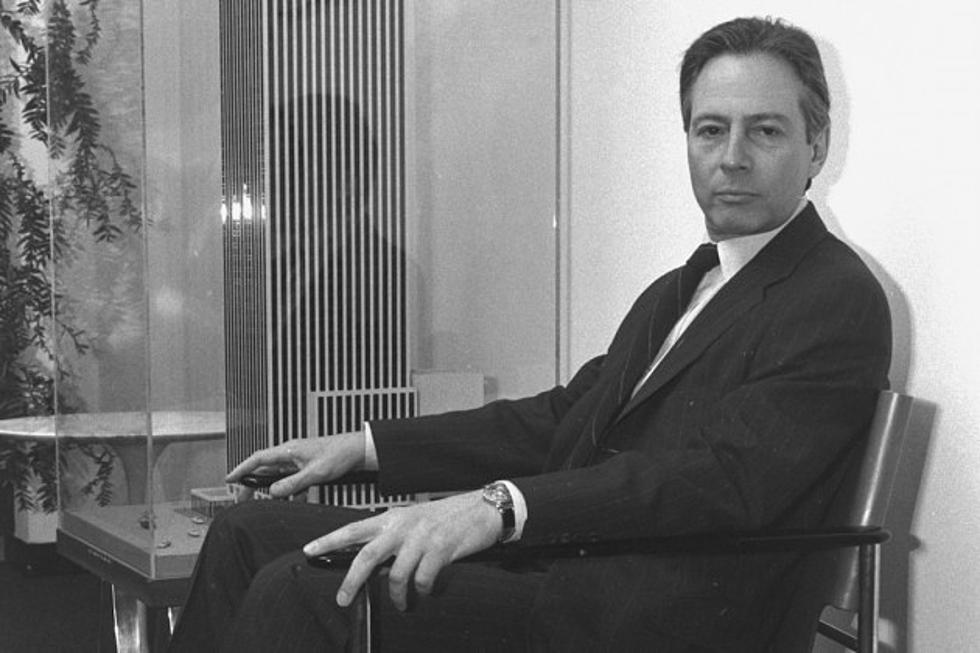
You’re Caught: On The Bombshell Finale of ‘The Jinx’
The following post contains spoilers for The Jinx.
When I first wrote about the true-crime documentary series The Jinx a couple of weeks ago, I was the only person I knew who was watching it. A few weeks later, it’s all anyone is talking about. It’s been one of the top trending topics on Twitter for three days straight, and my personal feed is clogged with debates about the case and the ethics of the filmmakers’ behavior. As I left my hotel in Austin yesterday morning, pundits were discussing the show on CNN; as I wrote most of this piece at the Austin airport, two men at the table next to me in the food court were talking about it as well. I spent a month recommending the show to people who looked at me like I was crazy (“The Jinx? Like the kid’s game?”). The show went from total obscurity to inescapable pop-cultural phenomenon in a matter of hours.
The fascination’s understandable. Unlike Serial, the similarly structured true-crime podcast that shattered download records last fall, The Jinx delivered a shocking blockbuster ending. The subject of the show, eccentric real-estate heir Robert Durst, was arrested in New Orleans on Saturday on charges of murder. The series finale aired the next night, and concluded with a bombshell: An apparent confession from Durst, delivered in a rambling whisper into a live microphone Durst seemingly forgot he was wearing after concluding an interview with the film’s director, Andrew Jarecki. “What the hell did I do?” he asks himself, apparently unaware he’s still being recorded.” “Killed them all, of course,” he replies.
It’s a sensational moment of television; one of my followers on Twitter called it the documentary equivalent of a mic drop — although if Durst actually had dropped his mic, none of this would have ever happened. According to Jarecki, it very nearly didn’t happen anyway; he told The New York Times the incriminating audio was discovered on June 12, 2014, more than two years after the interview between Jarecki and Durst and his bathroom confession. It was only then, Jarecki said, that his team “hired some new assistants” to “go through some old material,” that they found this key piece of footage.
Based on my own years of television experience I’d say it’s pretty unlikely that no one went through every single bit of material gathered from this all-important shoot for two years. And as Buzzfeed notes, the timeline Jarecki presents in The Jinx’s sixth episode doesn’t match the one he’s giving in post-mortem interviews. In the show, Jarecki essentially leverages some old video that Durst wants to use in a 2013 legal case to convince him to agree to a follow-up interview, the one where Durst blurts out his supposed confession. But the Times says that conversation was shot in 2012, well before Durst’s previous round of legal troubles.
What exact role Jarecki and his team played in the police’s investigation into Durst isn’t clear yet either. Jarecki told Good Morning America that he’s been in touch with authorities “for the past two years,” and an anonymous source told the Los Angeles Times The Jinx had indeed factored into Durst’s arrest. But LAPD Deputy Chief Kirk Albanese told a different Times reporter that “[they] didn’t base anything [they] did on the HBO series.” Still, Robert Durst was definitely watching The Jinx as it aired from week to week (Jarecki told the New York Times he’d heard Durst was “upset” about the fifth episode), and when he was finally arrested in New Orleans, he was shacked up in a hotel under a false name — not exactly the behavior of a man who’s confident he’s not going to get arrested.
It’s true; Jarecki may have fudged some of the details of when specific events took place. The Jinx’s chronology may not be strictly factual. In other words, The Jinx is, like every documentary, a collection of artistic choices; what scenes are shot, what shots are shown, what order they’re shown in. Throughout the entire series,Jarecki’s editing was brilliant in the way it kept audiences in suspense. It introduced Durst through his victims and prosectors’ eyes, creating a monster before he’s ever seen on screen. Then, near the end of the first episode, the real Durst appears: a well-dressed gentleman in a handsome sweater. He’s polite, he’s intelligent, he’s been screwed over by his family. Could this guy really have done what he’s supposed to have done?
Even in the final episode, after Jarecki has introduced a piece of damning evidence that all but proves Durst’s guilt in at least one of his three suspected killings (an envelope written on Durst’s letterhead that matches one sent to police by the killer), he works on our emotions with cunning efficiency. Much of Episode 6 is spent with Jarecki and his team preparing for their final interview with Durst. They sit for hours debating strategies and rehearsing scenarios. When Durst finally walks in to the Regency Hotel, he’s polite with Jarecki and his team; even chatty. We know he’s walking into an ambush, and for a moment we can’t help but feel a pang of anxiety for Durst — a man we’re now almost certain committed numerous heinous crimes. Hitchcock couldn’t have built the tension or messed with the audience’s sympathies any better.
Certainly the timing of Durst’s arrest one day before The Jinx’s finale is conspicuous. Did Jarecki hold back evidence from police to stoke his ratings? Jarecki insists he did not, and in this case, I believe him. The conspiracy theory just doesn’t hold up to scrutiny. Even assuming the worst of Jarecki — that he found and withheld key evidence for years out of mercenary self-interest — why would he wait until his final episode to get this much attention? If The Jinx team were really going to manipulate the police and Durst’s arrest for their own gain, they would have done so at the start of the series in order to get six highly-rated, rabidly-discussed episodes instead of just one. In many of the interviews mentioned above, Jarecki says he hoped Durst would have been arrested much earlier, and that he was afraid for his own safety, a very logical fear in light of Durst’s previous actions. In just about every way, it would have been better for The Jinx if Durst had been behind bars sooner rather than later.
A lot of questions remain, but let’s not lose sight of the essential facts: Jarecki got a man who had beaten three murder cases to open up to him on camera on two separate occasions. He gave Durst enough rope and was patient enough to get Durst to hang himself with it. Some would argue Jarecki was too patient for the sake of ratings. Perhaps he was. But focusing too much on the trees ignores the forest here, and the fact that The Jinx was an superbly made documentary series that offered an incredibly rare glimpse of an alleged killer’s world. Viewers got to watch Durst’s face as he deflected accusations (and blinked like a weirdo), and retched and burped when presented with the crucial envelope. And a man who, by his own admission in court, killed someone and then dismembered his body (in self-defense, he claimed), is no longer walking the streets.
More From ScreenCrush
